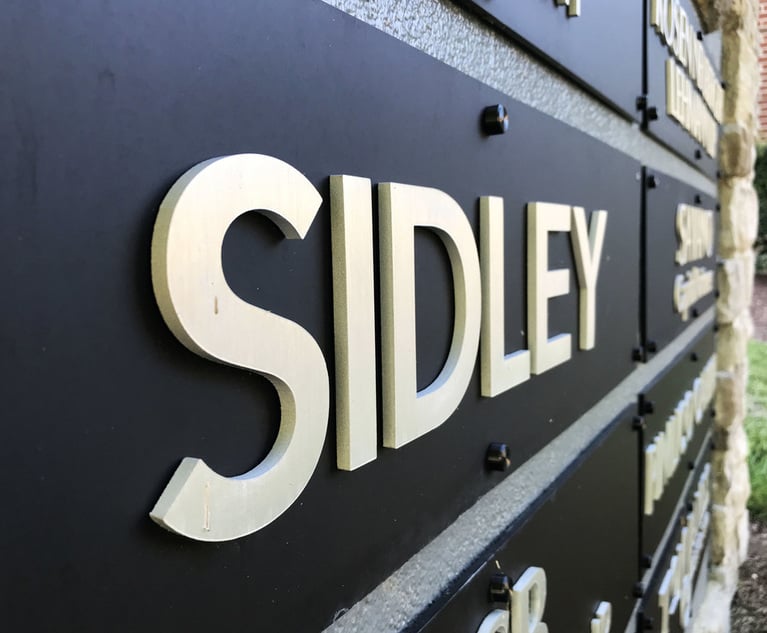I believe the first article I read about the “end of the billable hour” as a mechanism for recording attorney work output and ultimately client bills was in the mid-1990s. I am sure there were more before then, but I just do not recall. The arguments then (as now) revolved around transparency, documentation, and proving the value chain. Client resistance to paying a “for services rendered” invoice was believed to be so significant that no client would pay them and no law firm dared to render them.
Having said that, I do recall seeing an astonishing Cravath invoice for multiple millions of dollars and the only detail on the invoice was the month and year in which the services had been rendered. At the time I was a Senior Manager at Deloitte & Touche (no slouch when it came to large invoices) and we provided a sparce typed page of detail for our multi-million-dollar invoice to that same client.

 Credit: Marraco / Adobe Stock
Credit: Marraco / Adobe Stock







